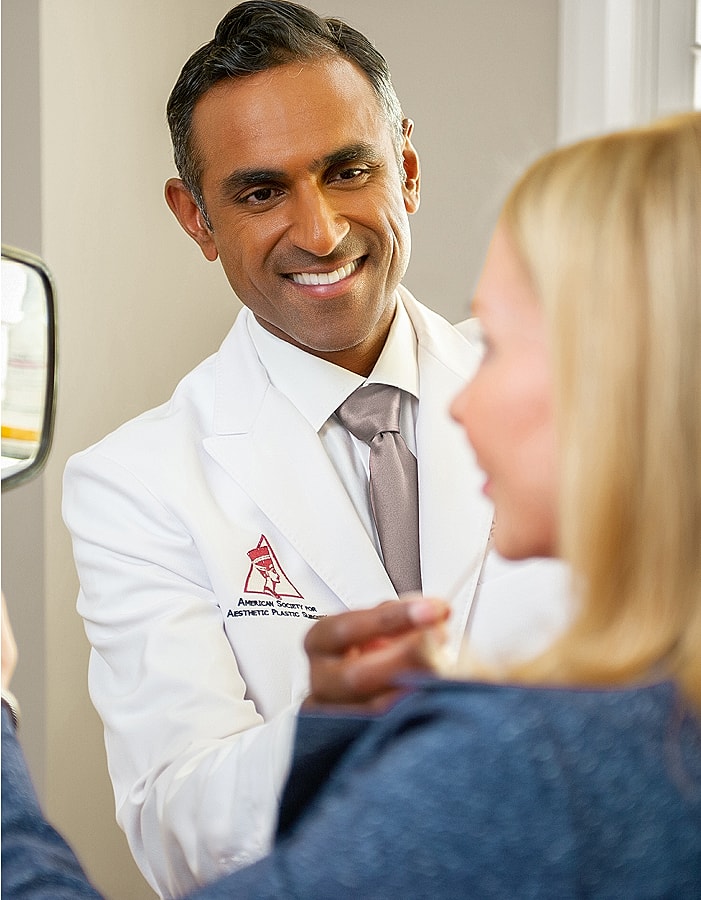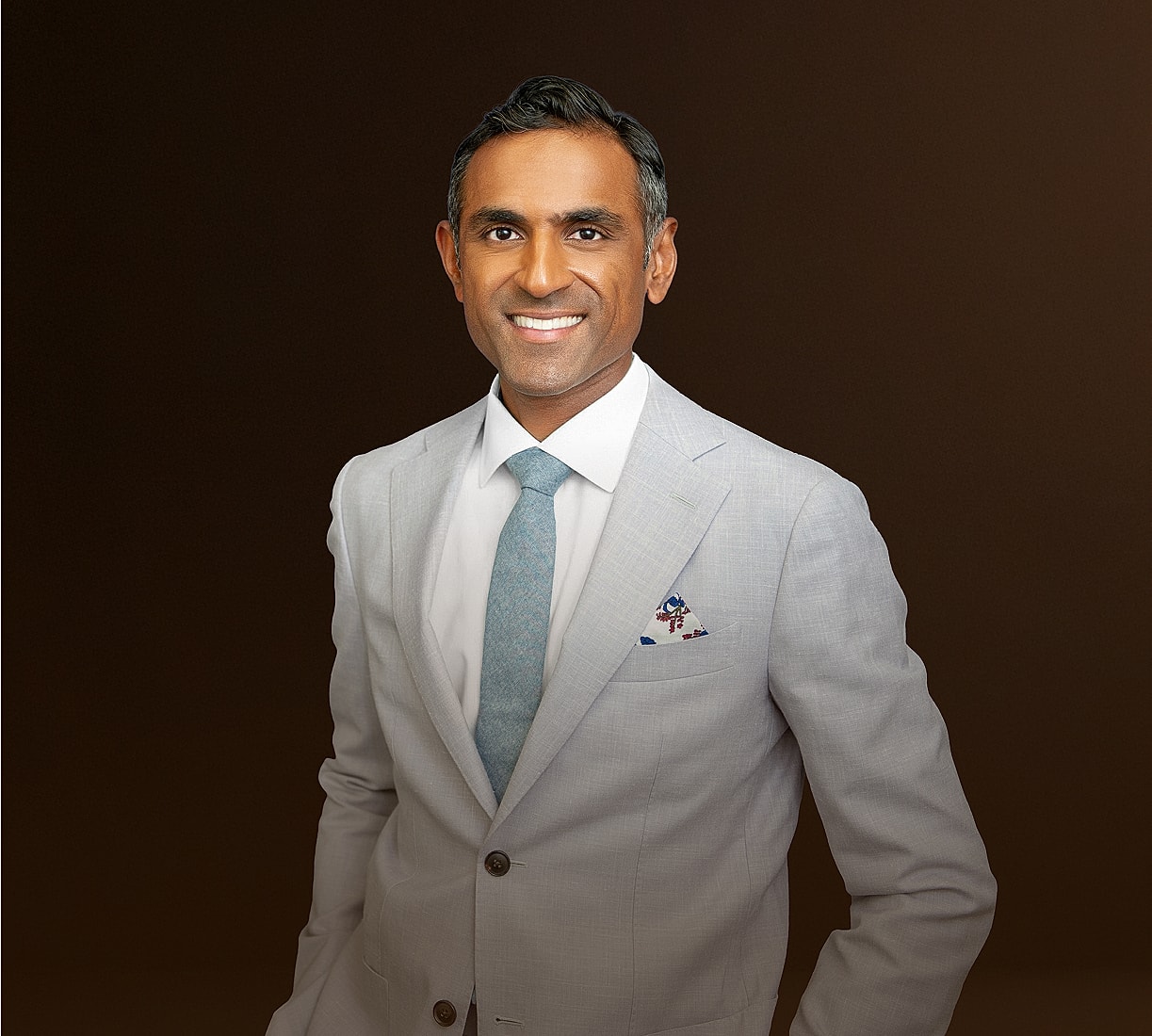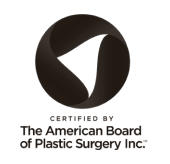
Male Breast Reduction in Tampa & St. Petersburg




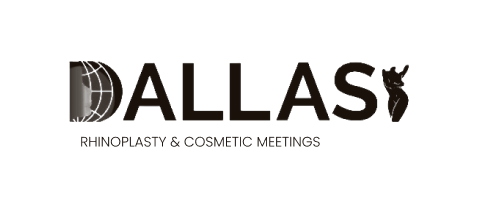


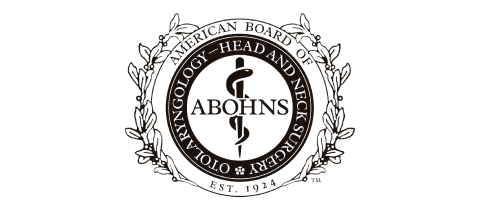









Excess breast tissue in the male chest, called gynecomastia, can affect how you feel in everything from a tailored suit to a workout shirt. Even with diet and exercise, many men find that this type of tissue simply doesn’t go away on its own. Dr. Kailash Narasimhan offers advanced male breast reduction surgery to help men experiencing gynecomastia achieve a firmer, more sculpted chest with minimal downtime.
For men with mild to moderate excess breast tissue, Dr. Narasimhan offers an innovative awake gynecomastia procedure. Performed under local anesthesia with mild oral sedation, this in-office option gently removes excess fat and glandular tissue through small incisions with no general anesthesia required. For more advanced cases of gynecomastia, treatment is performed as an outpatient surgery using general anesthesia.
Whether you would benefit from an awake gynecomastia treatment or a surgical approach, Dr. Narasimhan ensures every procedure is tailored to your anatomy and comfort level. Double board-certified and detail-focused, he combines modern surgical techniques with attentive care to sculpt a more confident, comfortable physique.

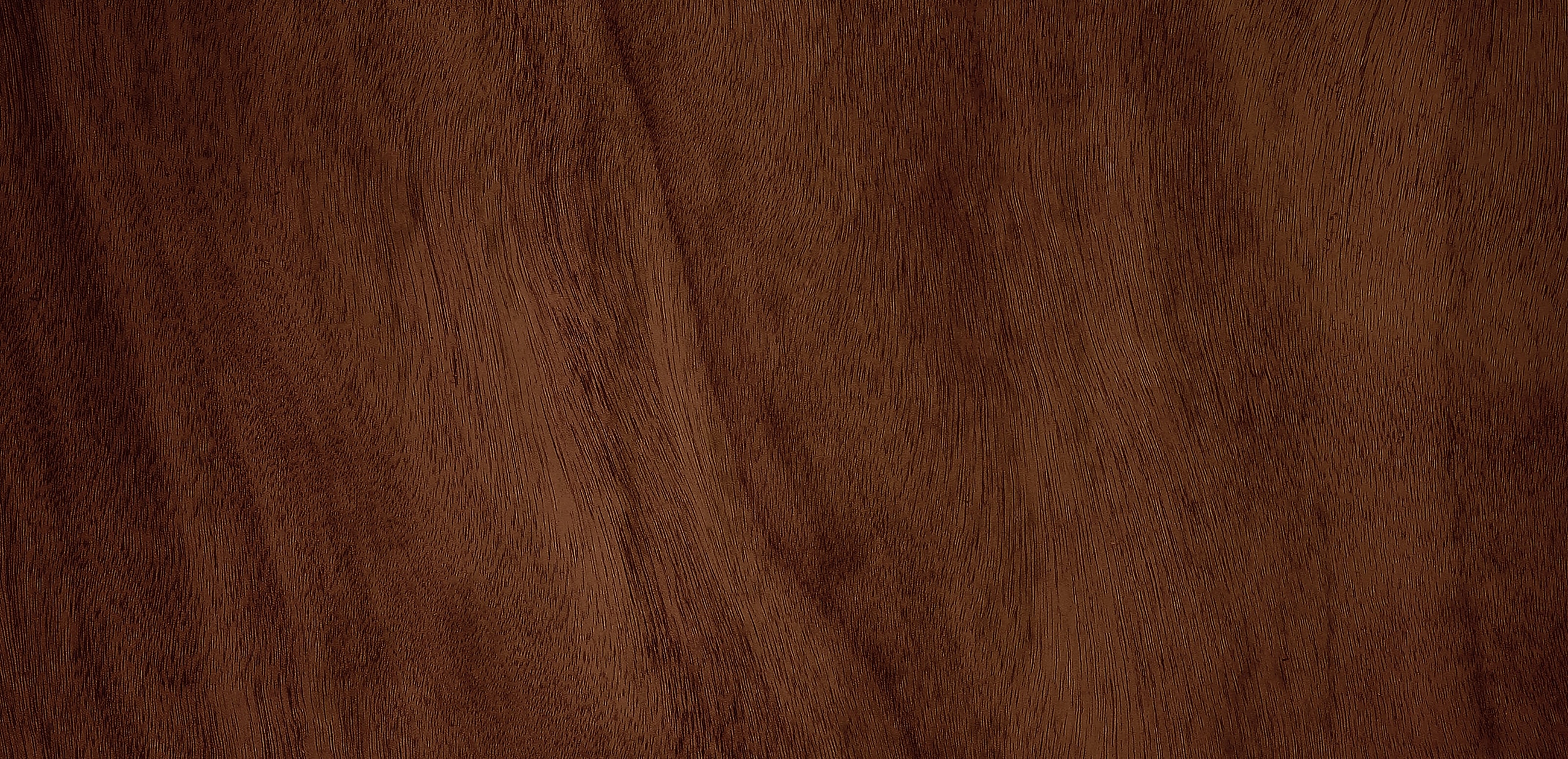
1 of 13
Gynecomastia is a condition characterized by excess fat and glandular tissue in the male chest, causing the appearance of male breasts.
Gynecomastia may be caused by hormonal factors, weight gain, medications, or genetics. This condition is typically not a health concern, but it can affect your self-confidence and physical comfort. Many men seek surgical treatment to correct gynecomastia. Treatment can involve removing glandular tissue and excess skin as well as sculpting away fat deposits using liposuction. The result is a flatter, more masculine chest contour.
It is estimated that up to 65% of all teenage boys experience gynecomastia – literally translated as “woman-like breasts” – as a result of hormonal changes.
Most boys outgrow gynecomastia within a few years, but 10 to 15% will carry their problem into adulthood. For these patients, breast reduction is usually the only way to reshape and streamline the chest. Reasons for gynecomastia may include:
Each gynecomastia surgery is tailored to the patient’s specific needs. In many cases, gynecomastia can be addressed in-office with local anesthesia and mild sedation. More advanced cases are addressed in an outpatient setting under general anesthesia. Dr. Narasimhan will determine the best surgical approach during your initial consultation and physical exam.
For less severe cases of gynecomastia, corrective surgery can be performed in-office under local anesthesia and mild sedation. Dr. Narasimhan makes small incisions to remove excess glandular tissue and may use liposuction to refine chest contours. The procedure takes 30–60 minutes, and you'll be able to go home the same day.
More complex gynecomastia cases are addressed in an outpatient surgery using general anesthesia. Dr. Narasimhan creates precise incisions, usually around the areola or in the chest crease, to remove excess glandular tissue and skin. Liposuction may be used to remove excess fat. Once the procedure is complete, patients return home the same day with a recovery plan in place.

Dr. Narasimhan’s approach to plastic surgery is informed by the understanding that your overall well-being is closely linked to your perception of your appearance. His philosophy – along with his skilled surgical technique — helps men seeking breast reduction to achieve the physical health and emotional happiness they want.
You may be a candidate for breast reduction if:
The results of gynecomastia surgery are visible immediately and become more refined as swelling fades over the first few weeks. Final chest contours settle over 3–4 months, with a permanent change achieved through surgical tissue removal. By maintaining a healthy lifestyle and stable weight, most patients enjoy a permanent transformation. Surgical correction of gynecomastia can help men feel more comfortable in a variety of situations and clothing styles, providing a lasting enhancement in body confidence.
For some men in St. Petersburg seeking plastic surgery, there are aspects of their bodies that will never change, no matter how fit they are. If you are researching breast reduction, you know that excessive breast tissue, often caused by a medical condition called gynecomastia, can cause great emotional discomfort and impair your confidence.
As with any surgical procedure, the best way to take charge of the success of your breast reduction is by choosing a board-certified plastic surgeon like Dr. Narasimhan. For the special needs of his male cosmetic surgery patients, Dr. Kailash Narasimhan combines his expertise as a double-board-certified plastic surgeon with his understanding of the best ways to enhance your appearance. If you’re considering male breast reduction, request a consultation with Dr. Narasimhan using his online form or call our office at (727) 289-7119

Dr. Narasimhan’s passion for plastic surgery is evident in his impressive credentials, which include:
American Board of Plastic Surgery and American Board of Otolaryngology (Head & Neck Surgery)
Guest faculty at internationally renowned cosmetic surgery meetings, such as the Dallas Cosmetic Symposium
Are you ready to take the next step toward improved happiness and self-confidence? For additional questions about plastic surgery, request a consultation with Dr. Narasimhan or call the office of Narasimhan Plastic Surgery at (727) 289-7119.
Although we cannot quote a specific price without an in-person consultation, the physician fees (depending on the extent of the surgery) range from $2,100 to $3,800.
In most cases, gynecomastia does not return if glandular tissue is properly removed and underlying causes (like hormone imbalances or medications) are addressed. Maintaining a stable weight and healthy lifestyle helps preserve your results.
Dr. Narasimhan places incisions strategically, typically around the edge of the areola or in natural chest creases, to keep scars minimal and well-hidden. Scarring fades over time and is usually not visible in most clothing or when shirtless.
You’ll need to avoid upper body workouts and heavy lifting for 4–6 weeks. Light activity can usually resume after a week. Dr. Narasimhan will guide you through your recovery timeline during post-op visits.
Learn More
Learn More
Learn More
Learn More
Learn More
Learn More
Learn More
Learn More
Learn More
